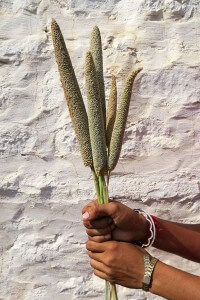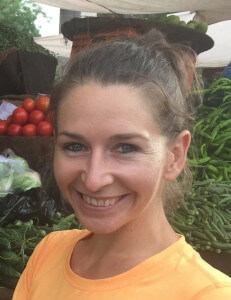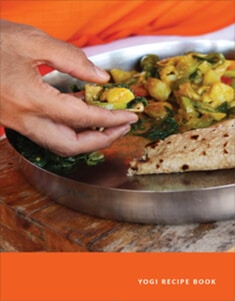
By Nicola Callan
Millet is a seed from the grass family whose origins trace back to Western Africa. Its culinary use spread to Egypt and Greece and is found as a crop source in India and China from 2300BC.
Being a semi-arid crop, millet has low water consumption, does not require chemical fertilisers and some species are pest resistant. This makes it an ideal crop for this part of the world!
India has become the world’s largest producer of millet. It is grown as a food crop and also for animal fodder. Rajasthan is home to and produces the most pearl millet in India.

Pearl millet (called Bajra in Hindi) contains more protein, vitamins and minerals than rice. It contains high amounts of vitamin B6, vitamin B1, magnesium, beta carotene, phosphorous and contains more iron (4.4mg/100gm) than wheat (3.2mg/100gm) and rice (0.8mg/100gm). It is also a gluten-free grain making it suitable for Celiac and people with gluten intolerance.
With a magnesium content of 32%, millet may assist with stabilising blood sugar through supporting insulin regulation. The magnesium content may also help to support cardiac health by increasing vasodilation of arteries.

The lignan content of millet acts as a prebiotic helping to support beneficial gut bacteria populations which in turn support a healthy intestine and colon and improve the production of serotonin which helps us feel good. The chemicals produced from the fermented lignans helps protect against estrogen dependant cancers such as breast cancer.
Vitamin B6 is required to produce not just serotonin but also other chemicals called dopamine and gamma amino butyrate acid (GABA) in the brain which help us feel motivated, calm and content, making millet an excellent food source for mental health conditions.
Millet is also a good source of vitamin B3 (niacin) which through its actions on the liver helps to reduce the production of cholesterol. The body will also prioritise the making of vitamin B3 over serotonin so to feel good it is important to obtain adequate niacin in our diet.

Millet is also a great source of energy containing approximately 41% phosphorous which is a major component of ATP, the body’s energy currency.
As millet is very nutritious and contains a moderate amount of protein it is a staple in Rajasthan and is often made into a flour which is used to make flat bread called Bajra Sogra. This bread is very quick and easy to make requiring only 3 ingredients ““ millet flour, salt and water.
At Shri Jasnath Ashram, guests can learn how to make Bajra Sogra which will most certainly become a staple of their diet as it is delicious. Shri Jasnath will also be holding a Yogic Lifestyle Workshop in November 2017 where participants can learn to make the Bajra Sogra among other delicious healthy dishes from the traditional local cuisine. To find out more information about the Workshop contact the Ashram at info@shrijasnathasan.org

Nicola Callan is Shri Jasnath Asan’s Visiting Naturopath; BSc of Health Science (nutritional medicine); Advanced Diploma of Naturopathy; ANTA member.
 https://au.linkedin.com/in/nicolacallan


Leave A Comment